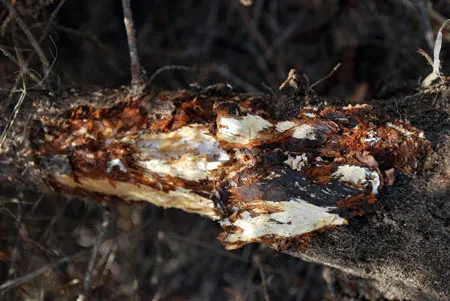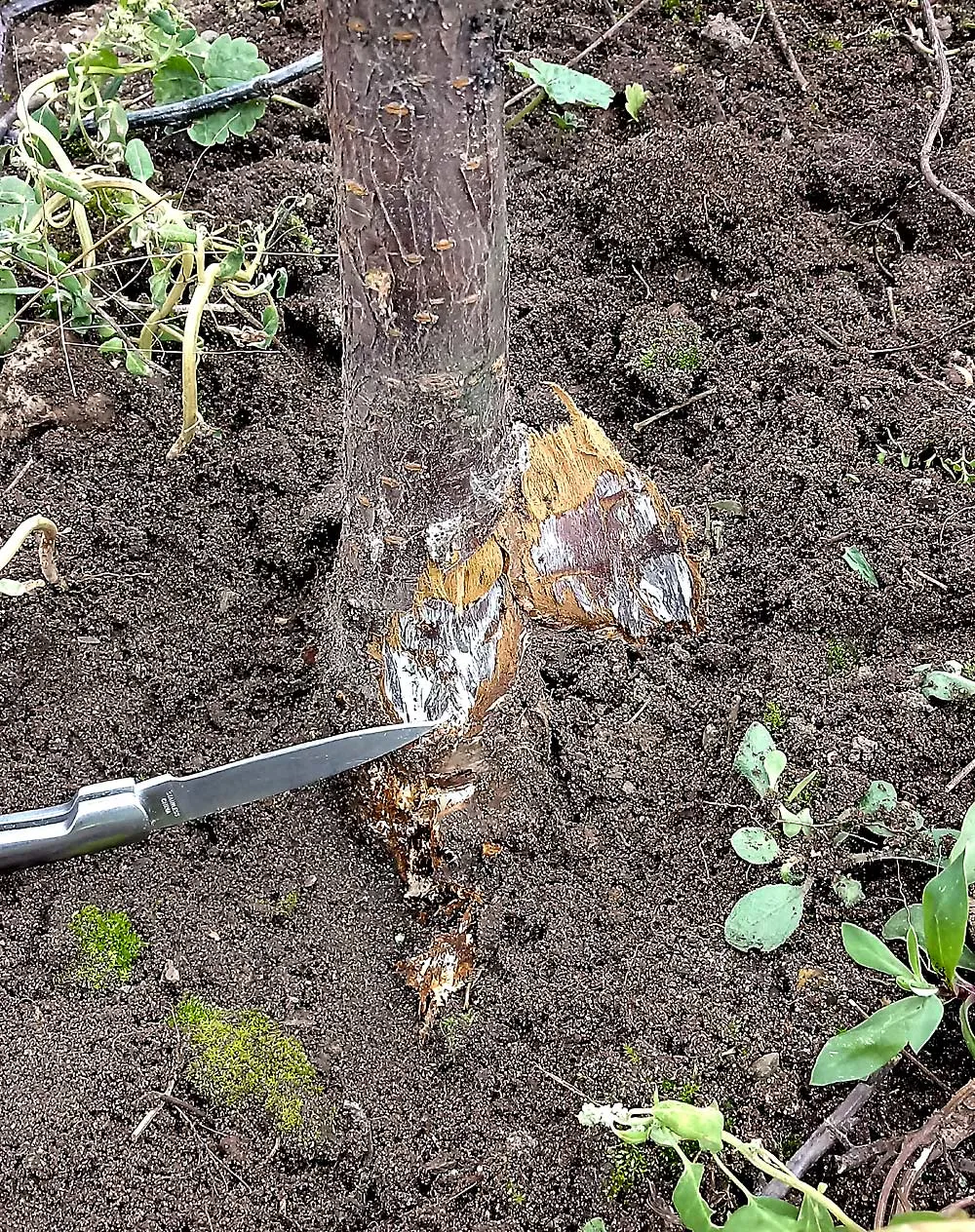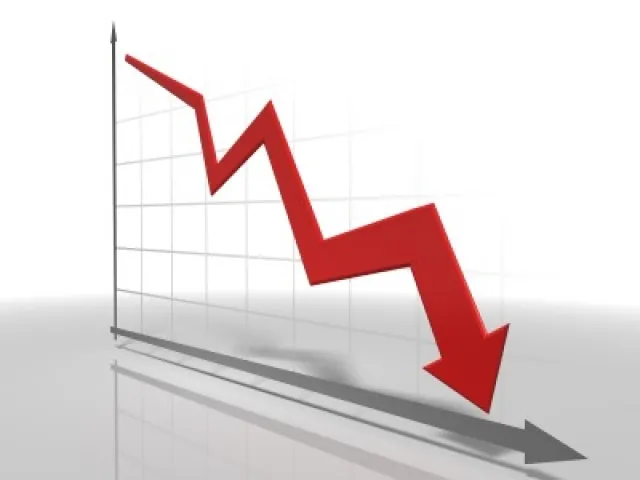After four years of work, a multinational research team is still tackling root rot caused by Armillaria “from every possible angle,” said Ksenija Gasic, a Clemson University peach breeder.
They have identified the genes responsible for tolerance to the wood decay fungus of the Armillaria genus. They have persuaded southeastern peach growers to plant new trees on mounds. And they have developed a screening technique capable of detecting resistance to Armillaria more quickly and reliably than field inoculations.
Gasic, leader of the four-year, $5 million project funded by the USDA Specialty Crop Research Initiative, said the project recently received a no-cost one-year extension and will conclude its work in August 2025.
In future projects, the team plans to continue combating Armillaria root rot, a wood decay disease that poses a significant economic threat to southeastern peaches, Michigan cherries, and California almonds and peaches. There is still much to discover. For instance: Armillaria-resistant rootstocks that are compatible with cherry trees have yet to be found.
In Michigan, where most Montmorency cherries are produced, cherry trees are planted on Mahaleb or Mazzard rootstocks, both susceptible to Armillaria. Additionally, there are no known chemical or biological controls for the fungus, explained Pratima Devkota, a Michigan State University researcher and project participant.
 Image 1: Armillaria on cherry roots.
Image 1: Armillaria on cherry roots.
Devkota has developed an in vitro test capable of quickly and reliably detecting Armillaria resistance in rootstocks and germplasm. Previously, researchers had to inoculate samples in the field and then wait to see if they became infected—a long and laborious process that did not guarantee certain results.
Her technique: Cut an intact segment from a root, clean its surface, seal both ends, and place it over the fungus in a laboratory culture box. Then wait to see if the fungus penetrates the outer layers of the root. The defenses of root specimens vary, likely due to the chemical compounds in the bark and anatomical differences. With this method, each genotype can be screened for resistance in less than six weeks.
Devkota has found Prunus rootstocks with tolerance to Armillaria, but still no cherry rootstock. She tried grafting cherries (with an interstem) onto MP-29 and Krymsk 86, both known for their tolerance to Armillaria, but they proved incompatible.
She and other researchers are crossing cherry rootstocks with plum material, hoping resistance can be transferred to a hybrid. She is also collecting cherry and plum species in forests and woods near orchards infected with Armillaria to identify potential sources of resistance in nature.
She collaborates with MSU molecular physiologist Courtney Hollender, who plans to adopt a genetic approach. Hollender said Devkota's results suggest that enhancing natural wound responses in roots could slow or prevent infection by Armillaria.
 Image 2: A 4-year-old cherry tree on Mahaleb rootstock infected with Armillaria root rot.
Image 2: A 4-year-old cherry tree on Mahaleb rootstock infected with Armillaria root rot.
The Clemson team has also identified changes in gene expression associated with susceptibility and resistance to Armillaria root rot in peach. Hollender's lab will use this information to enhance the expression of genes that promote wound responses and resistance in cherry rootstocks.
Hollender's lab recently sequenced the Montmorency genome, which will aid cherry research.
“The availability of the Montmorency genome will help us identify the exact DNA sequences of the genes we are interested in,” said Hollender. “Without it, we would be in the dark about which regions to target.”
As a mitigation technique, Clemson researchers have recommended that southeastern peach growers raise their trees on mounds or raised beds because Armillaria fungus does not grow above the soil line. This can extend the orchard's life by two to three years. At this point, all southeastern peach growers plant their trees on mounds, Gasic said.
Project researchers have scoured the USDA germplasm repository for Prunus and peach in Davis, California, in search of germplasm or material resistant to Armillaria. They have found some and are crossing them with the most popular commercial rootstocks, Gasic said.
After a series of tests, they found a commercially promising selection, 14-4. A plum plant from the Davis repository, 14-4 also reduces tree size, another commercial advantage. Other promising selections were too susceptible to bacterial canker or suckering, showed incompatibility with scions, or presented other issues, Gasic said.
Source: Good Fruit Grower
Images: MSU; Good Fruit Grower
Cherry Times - All rights reserved












